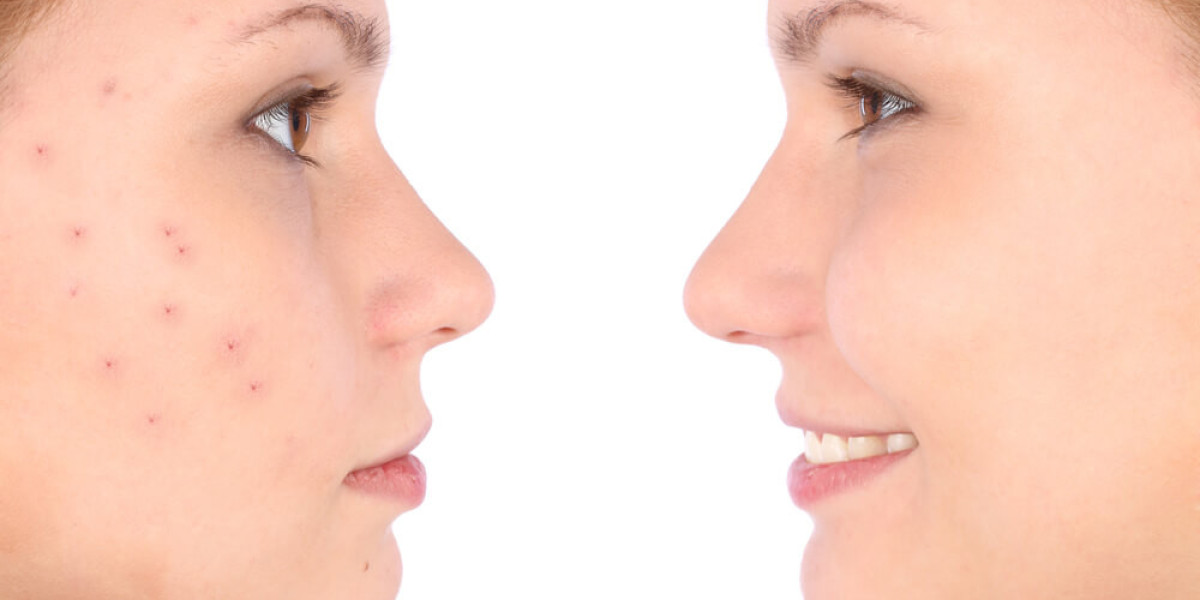Actinic keratosis (AK) is a common skin condition that occurs more frequently in individuals who have been exposed to the sun over the years. As the skin ages, the risk of developing AK increases, particularly among older adults. If you’re considering actinic keratosis treatment in Dubai, you might be wondering if it’s suitable for older individuals. Fortunately, effective treatments are available, and many options are safe for seniors.
In this article, we’ll explore the key considerations for older adults when it comes to treating actinic keratosis treatment ( لعلاج التقرن الشعاعي ). We’ll cover the treatment options, potential concerns, and tips to ensure the best outcomes for seniors.
What Is Actinic Keratosis?
Actinic keratosis, often called solar keratosis, is a pre-cancerous condition caused by prolonged sun exposure. The skin forms rough, scaly patches that can be red, pink, or brown. While AK itself is not cancerous, it can lead to skin cancer if left untreated. That’s why it’s crucial to address AK, especially as people age, since older skin is more susceptible to damage and disease.
Because older adults may have a higher cumulative exposure to sunlight, the risk of developing actinic keratosis increases with age. Early diagnosis and treatment are key to preventing further complications, including skin cancer.
Treatment Options for Older Adults:
There are several treatment options available for actinic keratosis, and many are suitable for older adults. The choice of treatment will depend on the size, location, and number of lesions, as well as the individual’s overall health. Below, we’ll look at some of the most common treatments.
Cryotherapy (Freezing):
Cryotherapy is a commonly used treatment for actinic keratosis that involves freezing the affected area with liquid nitrogen. It’s effective in removing lesions and is typically well tolerated by older adults. Cryotherapy works by destroying the abnormal cells on the skin’s surface, allowing the skin to heal naturally.
For older adults, this non-invasive treatment is usually preferred because it doesn’t require incisions or cuts. However, patients with sensitive skin or those who are prone to scarring should follow proper aftercare instructions to ensure the best results.
Topical Treatments:
Topical treatments, including medications like fluorouracil (5-FU) and imiquimod, are often prescribed for actinic keratosis. These treatments are applied directly to the skin, targeting the abnormal cells. While they are effective for treating AK, they may cause irritation, redness, and peeling as the skin heals.
For older adults with sensitive skin, these treatments can be an option, but it’s important to monitor the skin for any adverse reactions. If necessary, adjustments to the treatment plan can be made to minimize discomfort.
Photodynamic Therapy (PDT):
Photodynamic therapy is a non-invasive treatment that involves applying a light-sensitive medication to the skin followed by exposure to a specific type of light. This therapy destroys abnormal cells and is particularly effective for widespread actinic keratosis.
PDT is safe for older adults, though it does require some preparation and post-treatment care. The treatment may cause redness and swelling, but these side effects typically resolve over time.
Laser Therapy:
Laser treatments, such as fractional CO2 laser or erbium lasers, are effective options for targeting and removing actinic keratosis. Laser therapy can address both individual and multiple lesions. For older adults, lasers can help treat deeper lesions while minimizing the risk of scarring.
While laser treatments tend to be effective, they may require a bit more downtime compared to other options. For those with thinning skin or age-related changes, laser therapy can be a great option, but it is important to consult with a specialist to determine the most suitable approach.
Considerations for Older Adults:
Although actinic keratosis treatments are generally safe for older adults, there are a few important factors to keep in mind when choosing the best course of action.
Skin Sensitivity:
As we age, the skin becomes thinner and less resilient. This can make older adults more susceptible to irritation, redness, or scarring after treatments. It’s important to consider the type of skin and any pre-existing skin conditions when selecting a treatment option. Some treatments, such as cryotherapy and laser therapy, may be gentler on the skin, while others, such as topical treatments, may cause more irritation.
Pre-existing Health Conditions:
Older adults are more likely to have other health conditions, such as diabetes or heart disease, that may affect their ability to heal or tolerate certain treatments. It’s crucial to assess overall health before deciding on a treatment method. For example, patients with compromised immune systems may need to explore gentler treatment options that are less likely to cause complications.
Sun Protection:
After treatment, older adults must be extra diligent about protecting their skin from the sun. Sun exposure can not only trigger new actinic keratosis lesions but also increase the risk of scarring after treatment. Proper sun protection, such as wearing SPF 50+ sunscreen, wide-brimmed hats, and protective clothing, is essential to prevent future skin damage.
Benefits of Actinic Keratosis Treatment for Older Adults:
While older skin may require more careful consideration, treating actinic keratosis is beneficial for seniors for several reasons:
- Prevention of Skin Cancer: Actinic keratosis can lead to squamous cell carcinoma, a form of skin cancer. Treating AK helps reduce the risk of developing this type of cancer.
- Improved Skin Appearance: Removing actinic keratosis lesions improves the skin’s appearance, reducing rough patches and enhancing texture.
- Overall Skin Health: Treating AK can help rejuvenate the skin, making it look healthier and more youthful, which is especially important for those with sensitive or aging skin.
Conclusion:
Actinic keratosis treatment ( لعلاج التقرن الشعاعي ) is suitable for older adults, and there are many effective treatment options available to address the condition. From cryotherapy to topical treatments, each method has its own set of benefits and considerations. By choosing the appropriate treatment and following aftercare guidelines, older adults can manage actinic keratosis and reduce the risk of skin cancer, all while maintaining healthier, smoother skin.
For seniors, it’s important to discuss the most suitable treatment options with a healthcare provider who understands the unique needs of older skin. With the right treatment plan, actinic keratosis can be managed safely and effectively, helping to protect skin health well into later years.









